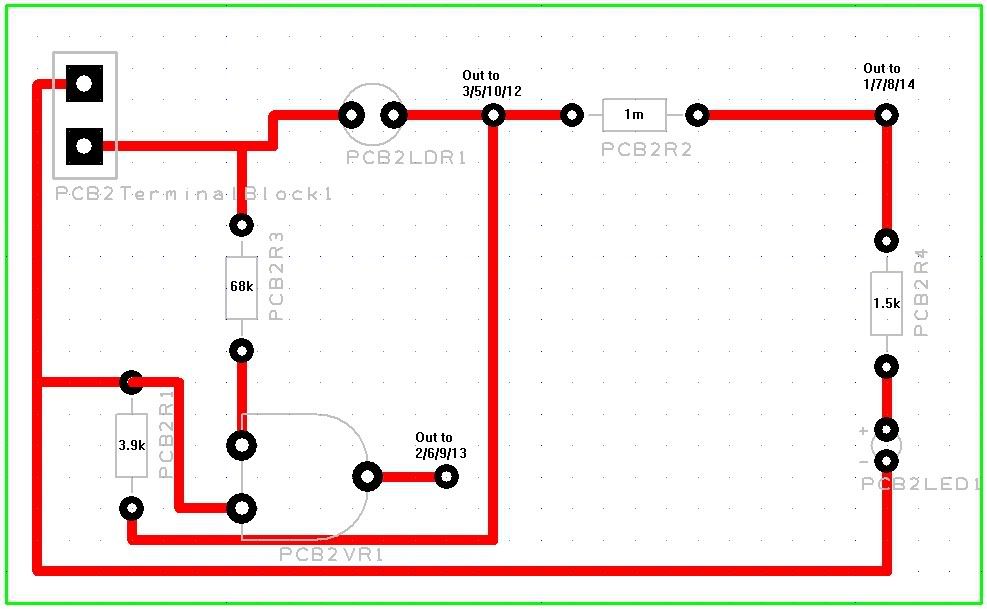Hey guys. Just a REALLY quick question. This is a circuit board I'm going to use as an input for a PICAXE. I'm making 12 of them so I have to get it right 
The circuit design is someone elses, not mine so I don't know if my adaptation of diagram to circuit board layout will work.
So here's the question.
Does this diagram:

Match this circuit board layout?

It'd be good for just a quick yes or no or diagnosis of where I've gone wrong if I have.
Cheers.
The circuit design is someone elses, not mine so I don't know if my adaptation of diagram to circuit board layout will work.
So here's the question.
Does this diagram:

Match this circuit board layout?

It'd be good for just a quick yes or no or diagnosis of where I've gone wrong if I have.
Cheers.
Last edited:

